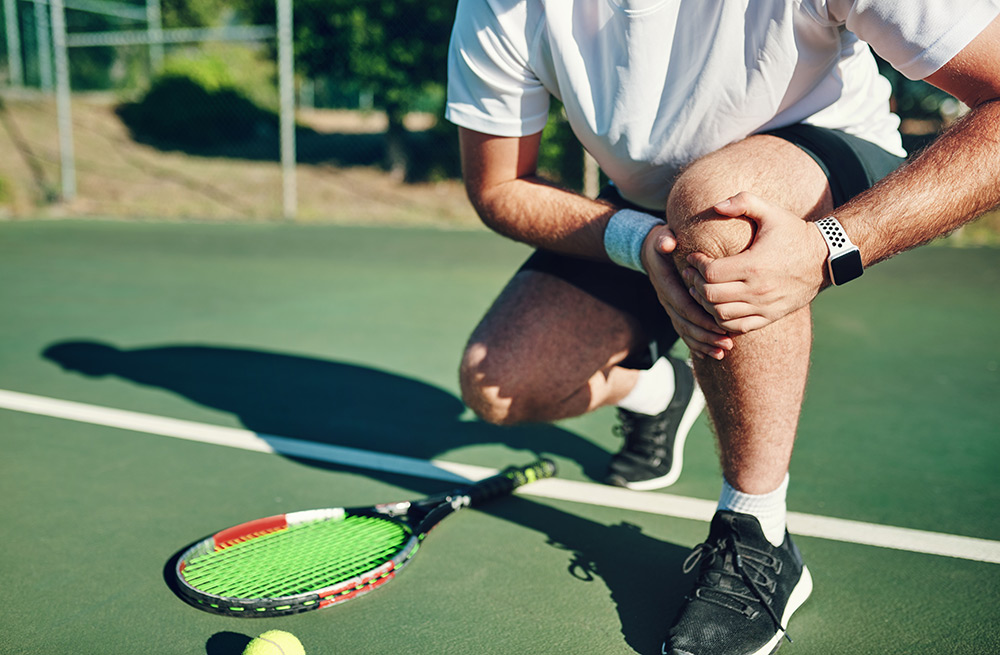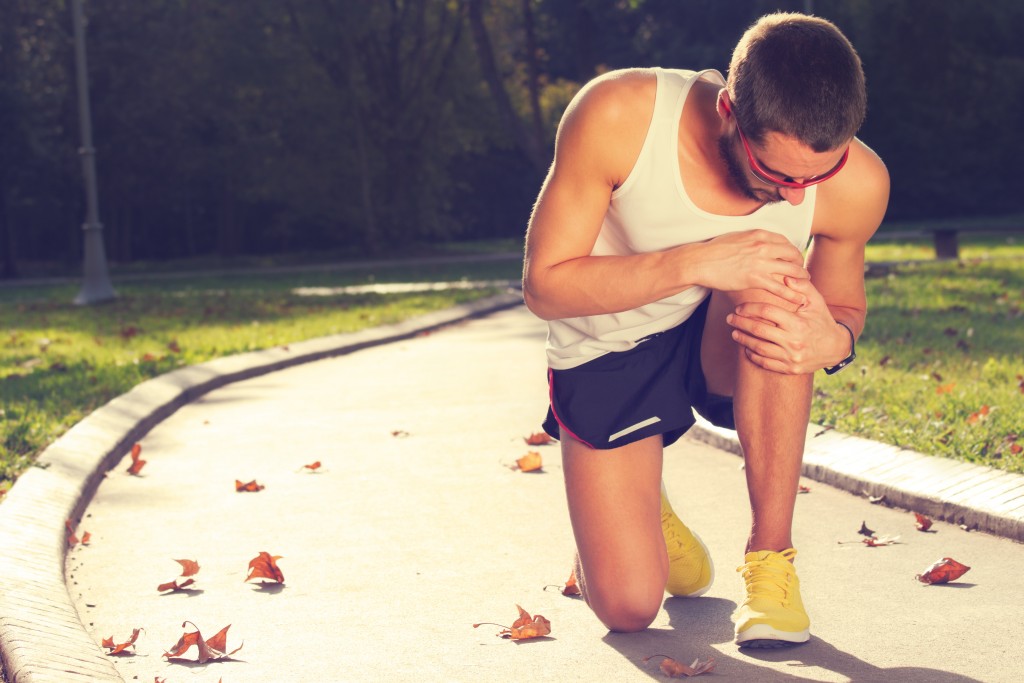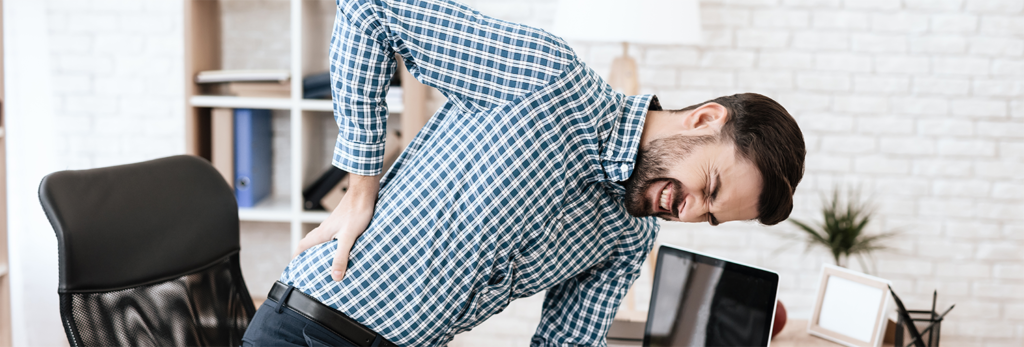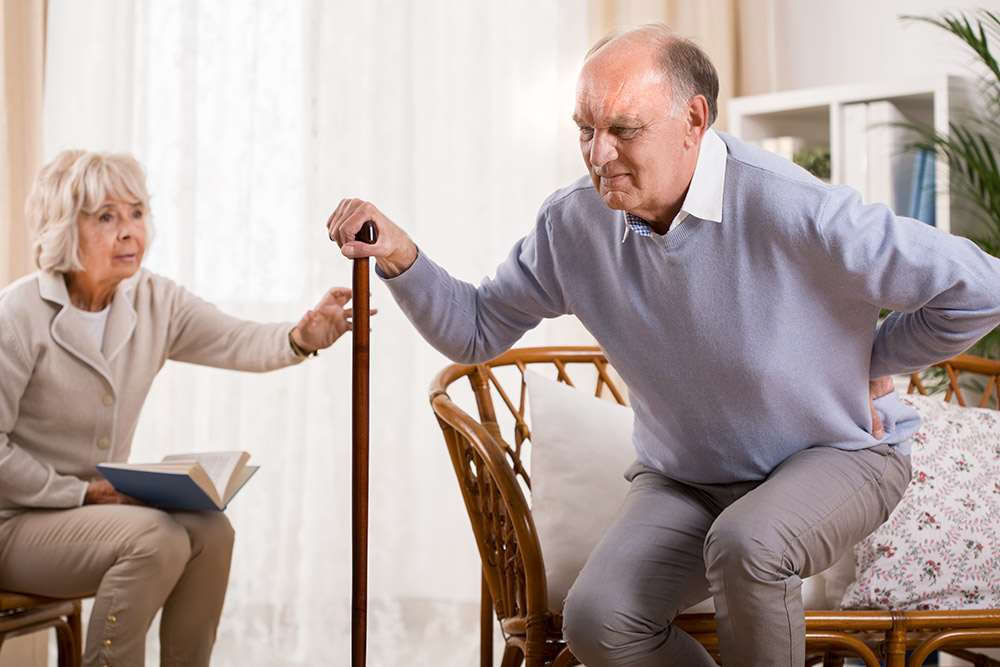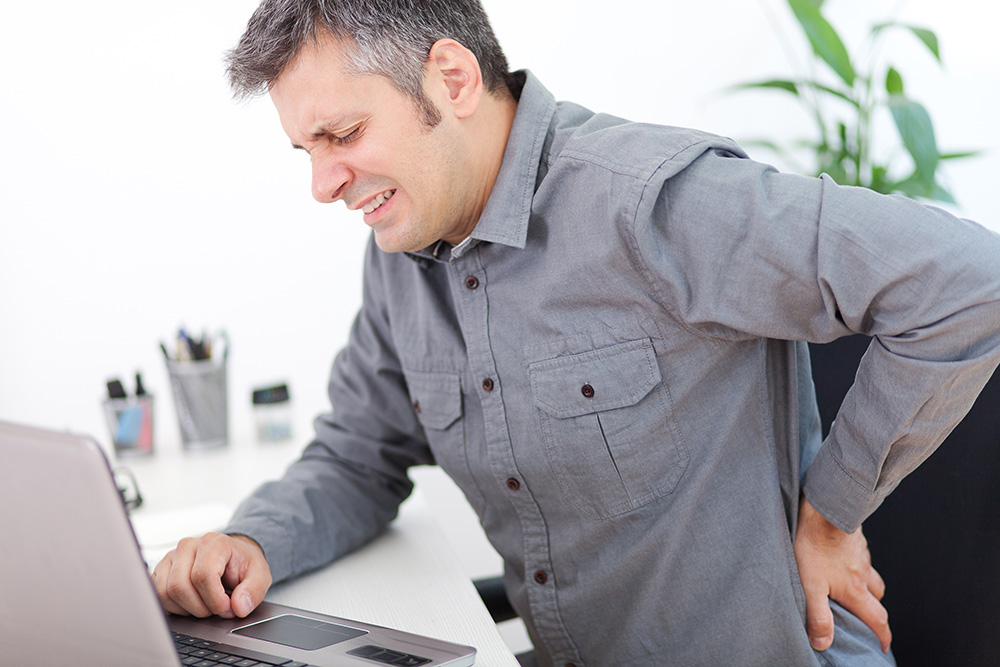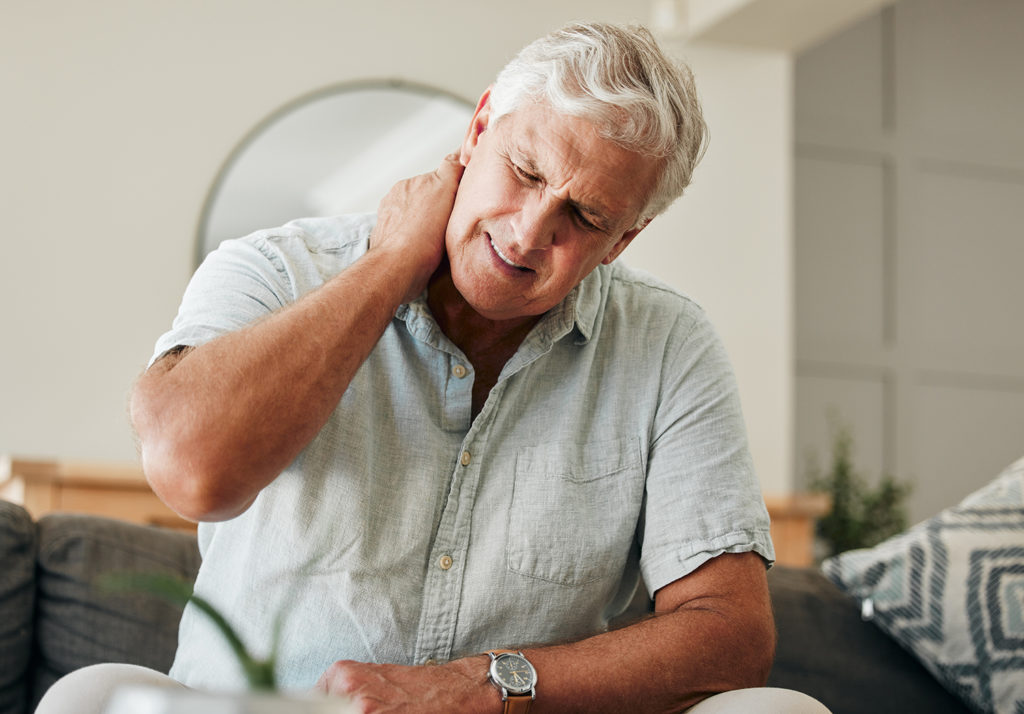Deep tissue massage treatment
This form of massage, as the name suggests, tends to involve use of firmer massage strokes to ease deeper muscle tensions. In clinic we often use this style of massage to compliment osteopathic treatments. It can be effective in treating chronic conditions and muscular pain.
It is often true that deep tissue techniques will feature in a lot of other forms of massage to some degree such as sports massage, thai massage, Swedish massage and lymphatic massage.
There are some other forms of deep tissue treatments that you may have come across, some of which our BOP therapists also use.
Cupping treatment
During this treatment a heated cup is placed on your body and a vacuum is created which in effect sucks up your skin. The concept of this is that it brings blood flow to the skin. It can produce raised, red cup-shaped wheals on the skin, which you may have witnessed on certain celebrities, but these do tend to disappear, although they can look alarming at first. This treatment is performed by our acupuncturists in Worthing, not by our massage team.
Trigger point therapy
Trigger points are hypersensitive spots, often felt as nodules in the muscles. These points can be a source of both localised and referred pain, so working to release them can ease pain and tension. This is often done using a combination of pressure point work and stretching.
Myofascial release
The fascia is a tough tissue which surrounds every muscle, bone, organ, nerve and blood vessel in your body. This technique stretches the fascia with the aim to release tension within it. This is sometimes referred to as connective tissue massage.
Benefits of deep tissue massage
In clinic most people tend to seek deep tissue massage for help with relaxing muscles, sports related injuries, chronic conditions and knotty muscles. It is often recommended by the osteopaths as a maintenance treatment inbetween osteopathic sessions.
What to expect from massage treatment
Your therapist will take a detailed history from you and will discuss the reasons for your visit. They will then discuss with you about the massage they think will suit you best and how it will be performed. They may give you exercises or advice post treatment, if they feel they would benefit your condition.
It is a good idea to not consume a heavy meal or any alcohol before or after treatment. It would also be of greater benefit to have time to relax post treatment too.
Sometimes, after treatment, you may feel a little sore or tired, so give yourself time and drink plenty of water too. Your therapist will advise regarding this.
Massage treatment in Worthing
At Broadwater Osteopaths we provide a whole host of massage treatments. Treatments are tailored to the needs of the patient and may include techniques like deep tissue work, stretching, trigger point, myofascial release, lymphatic drainage and sports work. A treatment will often combine approaches as therapists will look to choose styles and techniques they feel are most suited to the patient and are likely to provide the best results for them.
Our 2 massage therapists are highly experienced. Wendy has been part of the team for over 25 years and Nicki has come to us from a background in Sports and exercise management.

